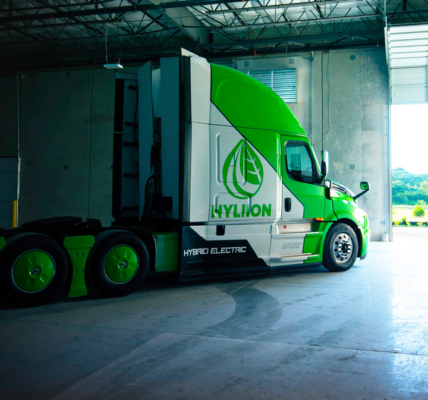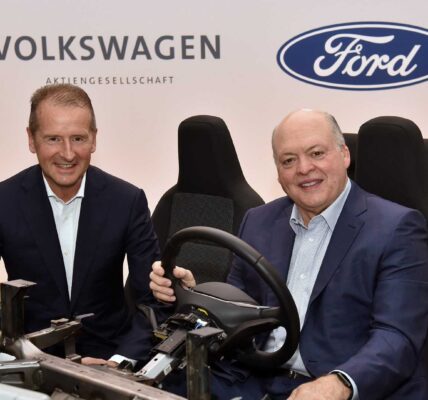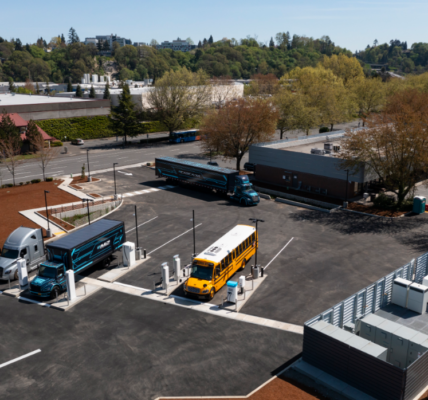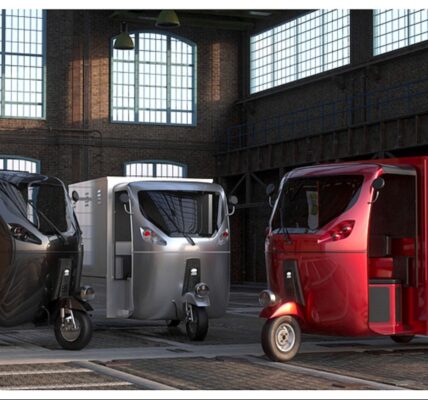Tesla’s first vehicle wasn’t a ground-up electric car. In fact, the original Tesla Roadster was essentially a gas car converted to electric. As we’ve said time and time again, this isn’t the best way to do it. We’ve seen many OEMs try and fail. Tesla quickly realized and moved to making a platform designed specifically for EVs.
The Tesla Model S employed a “skateboard” design concept. T
rhe chassis looks like a skateboard, and the battery sits within it, below the car. This frees up cabin space and creates a balanced center of gravity. Many other automakers are now using a similar concept for their electric cars.
Based on information revealed at Tesla’s Battery Day and confirmed during the company’s Q3 2020 earnings call, there may no longer be a Tesla skateboard design in the future. This is because Tesla is planning on putting its new 4680 battery cells inside a structural pack. Basically, the car’s frame also serves as its battery pack.
During the recent conference call, when asked by a analyst specifically if Tesla plans to “retire” the skateboard platform. Musk admitted that it will become “obsolete” in the future. However, the process of moving all vehicles to the new structural platform is going to take years. Musk explained:
“It’s not like existing cars stop having value. It’s just that if you have a structural pack, where the pack is contributing structural value to the car because of like the — sort of like the composite honeycomb effect of share transfer between upper and lower plate, then anything that doesn’t do that is going to have to have duplicate hardware.”
“It’s going to weigh more. It’s going to cost more. And then the same goes for the front and rear castings. To be frank, we’re trying to make the car like you’d make a toy. If you had a toy model car, how would — and then it’s got to be real cheap and look great, how would you make that? You’ll cast it.”
Simply put, Musk noted that the transition to structural battery packs could be seen as a natural progression. This, according to the CEO, echoes much of what happened to aircraft, whose early designs featured separate aeroshells for fuel tanks.
“It would be absurd to make it up of tiny little pieces of stamp metal joined in complex ways. So it’s sort of a natural thing to do. And then the same goes for using the energy storage, the battery as a structure, which is done for aircraft wings and for rockets.
“The early rockets and aircraft, they had a separate aeroshell from the propellant tanks or fuel tanks, and then they realized that doesn’t make sense. And you’ve got to integrate — you’ve got to have your fuel tank in wing shape. You’ve got to have your propellant tanks in the shape of the body of the rocket, for example. You don’t want to put a box on a box, basically,” Musk explained.
Tesla’s retirement of its skateboard would likely enable the company to leapfrog its competition once more. When Tesla debuted its skateboard with the Model S, it was considered as a game-changing idea, and it definitely proved to be the case. Tesla appears to be doing the same thing with its structural battery packs. As noted by Elon Musk, the company simply seems to be embracing the next game-changing idea, and its cars will likely be superior against their competition because of it.







